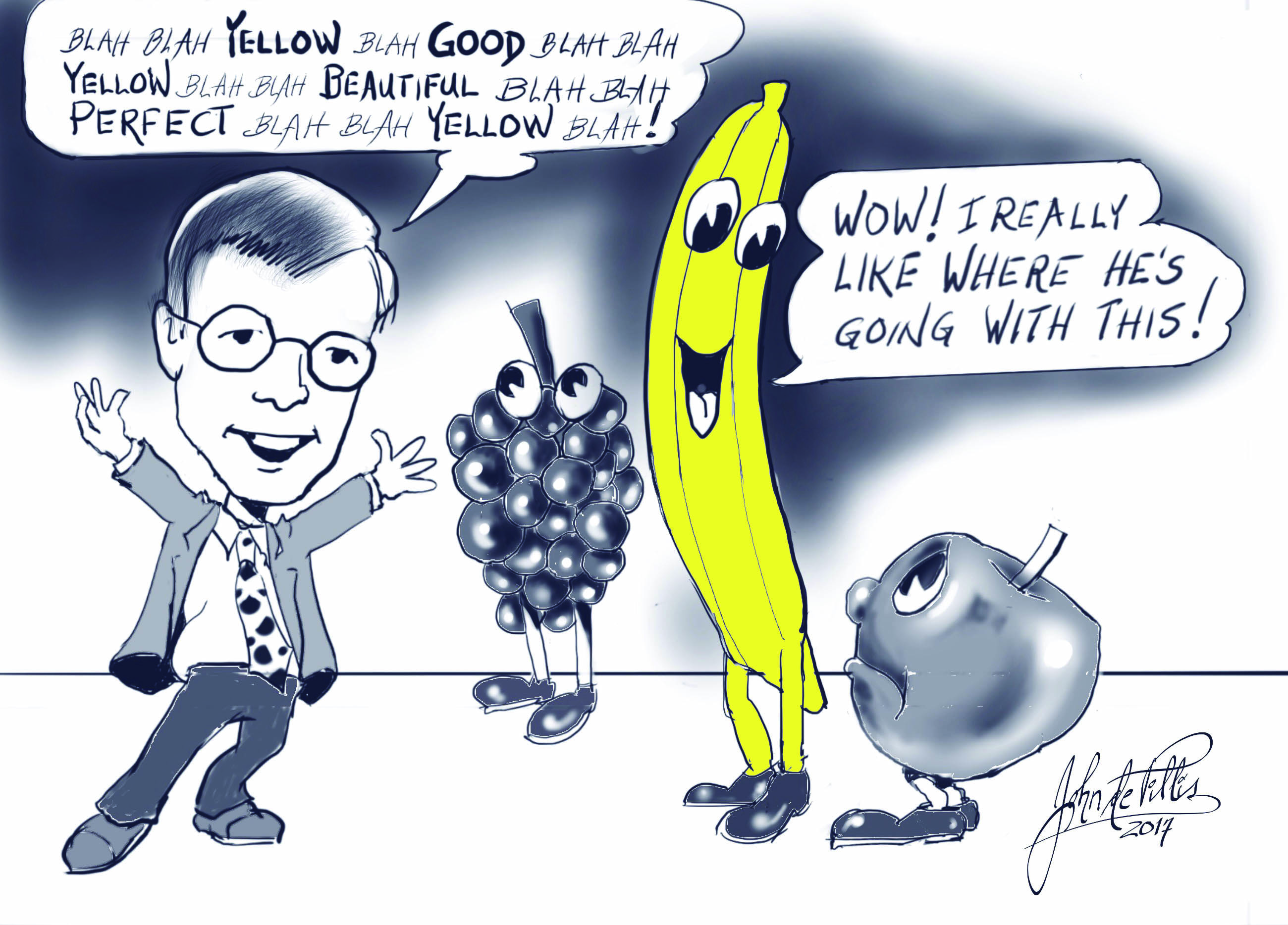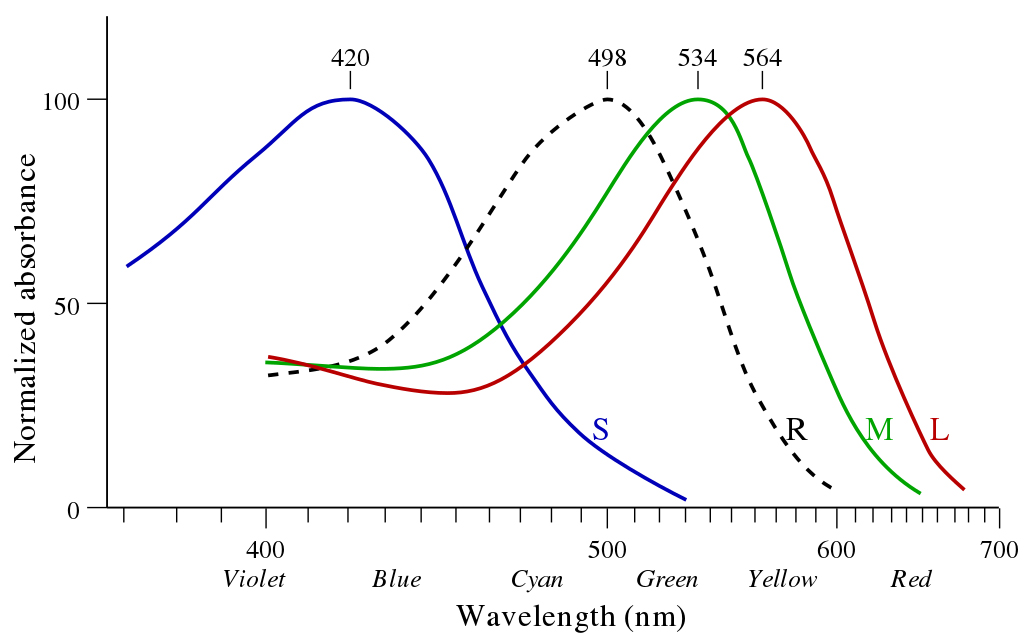There’s Something About Yellow
When you think of SIAM, what color comes to mind? Probably certain blues and greens, the colors SIAM uses most often in its materials. SIAM does not have a well-defined color scheme, but is moving towards creating one during development of the new SIAM website.

What other aspects of mathematics are associated with particular colors? Yellow book covers spring immediately to mind. Springer covers are usually yellow, but there are some other striking yellow covers on my shelf: the first edition of Numerical Recipes (Cambridge University Press, 1986), the third edition of LAPACK Users’ Guide (SIAM, 1999), and Lectures on Finite Precision Computations (SIAM, 1996).
In fact, yellow is a common color in our daily lives. We make notes on yellow Post-its; we use yellow highlighters on documents; and we write on yellow legal pads, perhaps with yellow Dixon Ticonderoga pencils (if we are based in the U.S.).
In our gardens, yellow is the most omnipresent color after green (especially given that brown is a dark yellow), with yellow flowers in the spring and summer and yellow foliage in the fall.
What is so special about yellow? Part of the answer relates to the human eye. Our retinas have three types of cones, with responses peaking in the red, green, and blue parts of the spectrum, as shown in Figure 1. Yellow almost maximally excites both the green and red cones, thus appearing particularly bright to us.

Yellow is also one of the CMYK colors (cyan, magenta, yellow, and black) universally used for printing. So if the yellow ink has been well-formulated, then yellowish colors should print well (whereas green, for example, must be produced by a nontrivial linear combination of the CMYK inks).
Yellow is a clearly identifiable rainbow color, and occupies a narrow band of the rainbow color map widely used in software. However, this color map is falling out of favor for several reasons, including the difficulty of remembering the order in which its colors appear and the loss of information when a color figure is printed in monochrome. One of the usurpers of the rainbow map is the parula map—introduced in MATLAB in 2014—which passes from blue through green and into yellow. As seen in Figure 2, parula has a fairly uniform luminosity gradient, which allows it to print well in monochrome. It also has a much wider band of yellow than jet, the rainbow color map in MATLAB.
![<strong>Figure 2.</strong> The MATLAB color maps jet and parula. Image courtesy of [1].](/media/jqnhbgnq/p120_matlab_guide_3ed_cmyk.jpg)
If you write a book for SIAM, you will have the opportunity to provide input on the book’s cover design (with more freedom if the book does not belong to a series with a standard cover). One of the biggest decisions is the color choice. For the third edition of MATLAB Guide, Des Higham and I wanted a blue version of the cover used for the first two editions. SIAM’s graphic designer, Lois Sellers, sent us three versions—in different shades of blue—to choose from. I printed them out on my laser printer so that Des and I could discuss them when we met. We noticed that the printed colors were quite different from the colors displayed on the screen. Indeed, without a color-managed workflow in which the screen and printer are calibrated (with the relevant software using the generated color profiles), we can’t assume that either device is telling the truth. My screen is calibrated but my laser printer is not. The cover of the printed book is pretty close to what I saw on the screen.
I mentioned earlier that printing is done in the CMYK color space. Yet when you send in a paper or book to SIAM, you almost certainly send figures as RGB files. Like every publisher, SIAM converts your RGB files to CMYK before printing. Very occasionally, and probably only if you are writing a book with figures where the color accuracy is important, you might want to fine-tune the CMYK conversion yourself. If so, take a look at my blog post, where I report on experiences in producing CMYK figures for MATLAB Guide, the third edition of which was produced in color for the first time.
Blue, which we chose for the cover of MATLAB Guide, is of course the complementary color to yellow: some linear combination of blue and yellow light produces white. Complementary colors stand out from each other, yet are simultaneously harmonious. The contrast with blue sea is the reason why lifejackets are yellow or orange. Hopefully our blue MATLAB Guide will stand out from the many yellow books found on bookshelves!
References
[1] Higham, D.J., & Higham, N.J. (2017). MATLAB Guide (3rd ed.). Philadelphia, PA: Society for Industrial and Applied Mathematics.
About the Author
Nicholas J. Higham
Professor, University of Manchester
Nicholas J. Higham, who passed away in January 2024, was a Royal Society Research Professor and Richardson Professor of Applied Mathematics at the University of Manchester. He was a past president of SIAM.

Stay Up-to-Date with Email Alerts
Sign up for our monthly newsletter and emails about other topics of your choosing.



